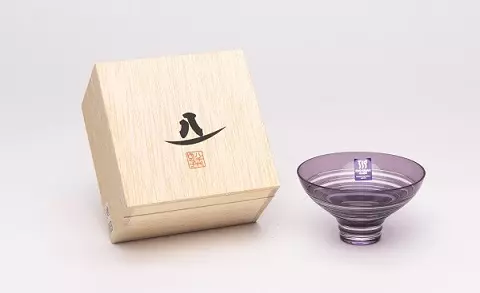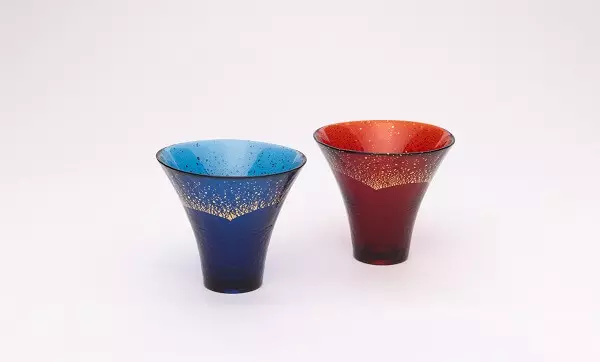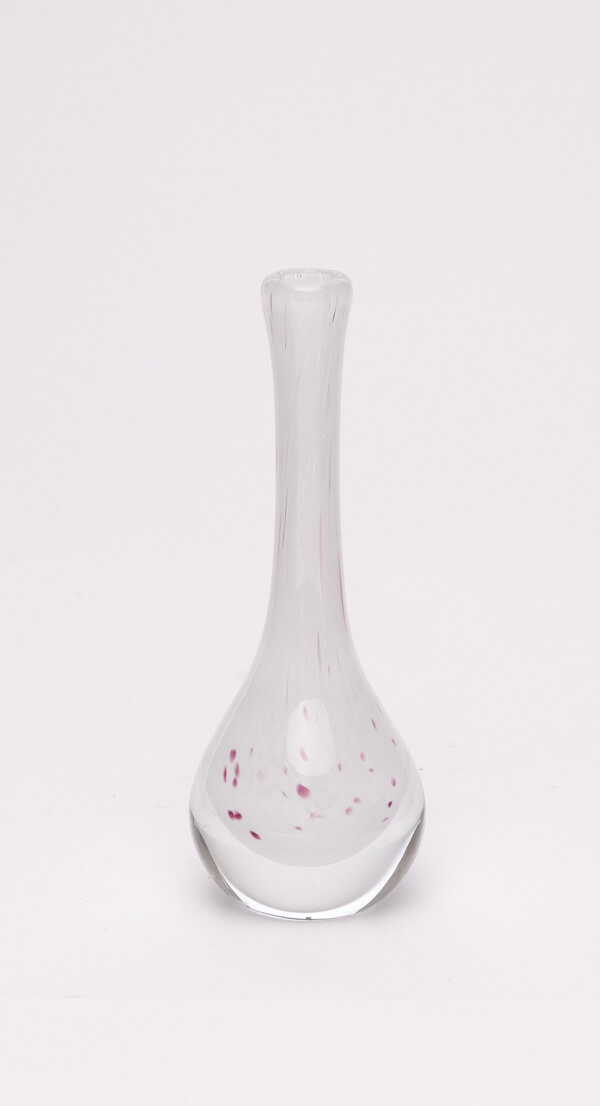

Crystal Clear - The Artistry of Crystal Glass
Crystal glass, forged through intense heat, embodies refined artistry that bestows a sense of preciousness upon the recipient.
Curator / Emily Wang
Updated at 2024-10-09
In both ancient Chinese terms like ‘Liuli (琉璃)’ and ‘Shuijing (水晶)’ and the Proto-Indo-European root ‘ghel-,’ glass is celebrated for its mesmerizing, translucent beauty. It is also an irreplacable material for its resistivity to acids, alkalis, and wear. Among its many types, crystal glass stands out for its lightness and clarity and enhancing properties as containers, making it a highly functional choice for city diplomacy gifts.
Glass Vases by Kuroki Kuniaki
Kuroki Kuniaki, a modern master of glass art, hails from Miyazaki Prefecture in Kyushu, Japan. Since 1963, he has devoted himself to glass art, blending traditional Japanese aesthetics with Western artistry to create uniquely styled works.
Kuniaki is particularly skilled in art of Rinpa, a decorative painting technique that flourished in the Edo period. Rinpa is characterized by the use of gold leaf and abstract compositions, with vibrant colors that vividly capture the essence of Japanese culture. It’s no wonder it holds a significant place in Japan’s art and design history.
Gifted by Shunji Kono, Governor of Miyazaki Prefecture and Hamasuna Mamoru, Speaker of City Council, MIyazaki All-party Parliamentary Group
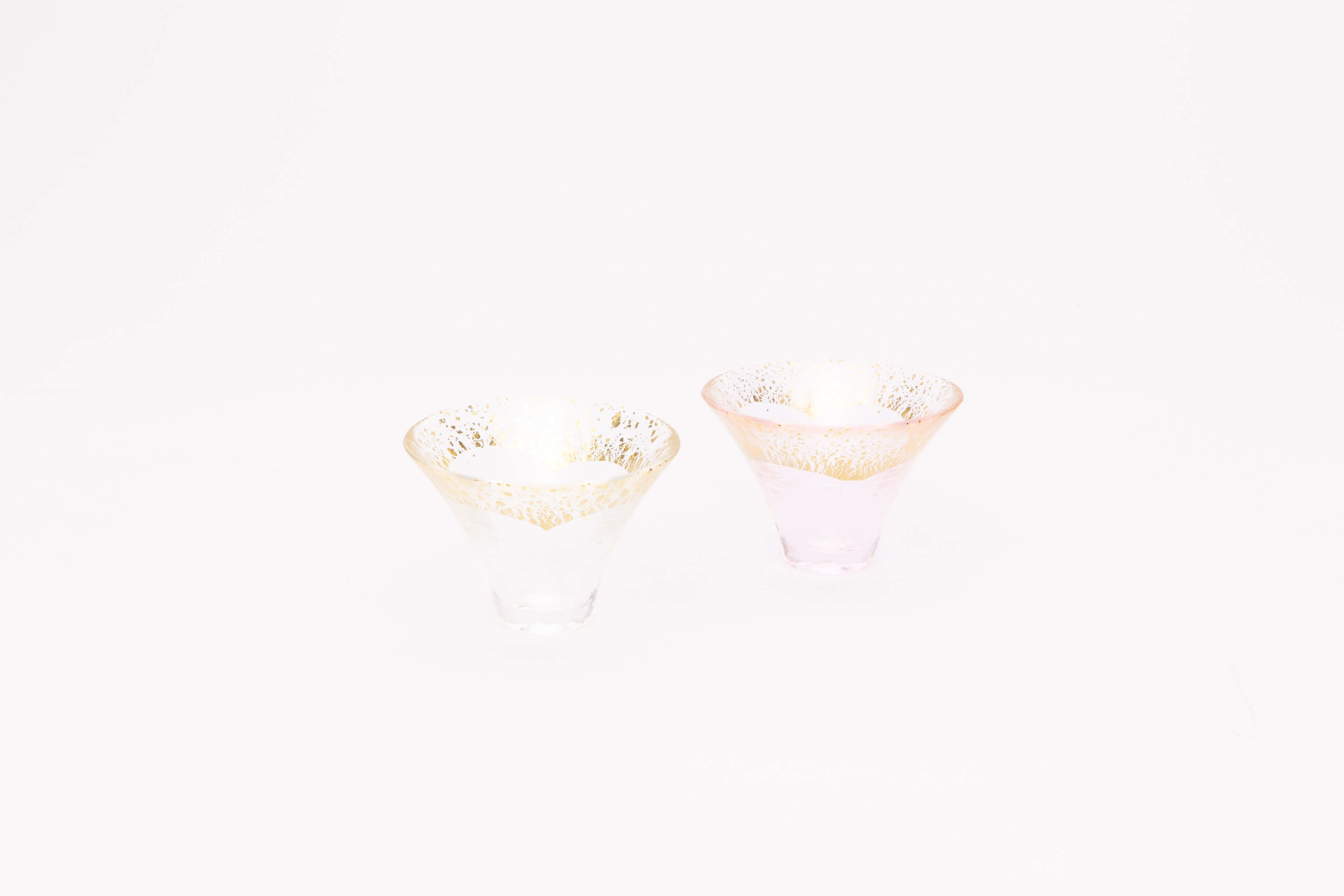
Mount Fuji Cups
These Mount Fuji-inspired cups are crafted by Toyo Sasaki Glass, a century-old glassware manufacturer in Japan. The inclusion of gold leaf during the glassblowing process imparts an air of elegance and sophistication. When turned upside down, the majestic Mount Fuji appears in all its glory.
Mount Fuji was designated a UNESCO World Cultural Heritage site in 2013. As Japan's highest peak, it is deemed a spiritual symbol by the Japanese people and holds great significance in Japanese culture. Whether you climb its heights or admire it from afar, Mount Fuji is a source of energy and good fortune. Using this set of sake cups, one can savor a drink while glimpsing the splendor of Mount Fuji through the shimmering gold leaf—an experience that brings its own form of luck.
Gifted by Keisuke Suzuki, Director, Youth Division, Liberal Democratic Party
<Read More “Mount Fuji Cups”>
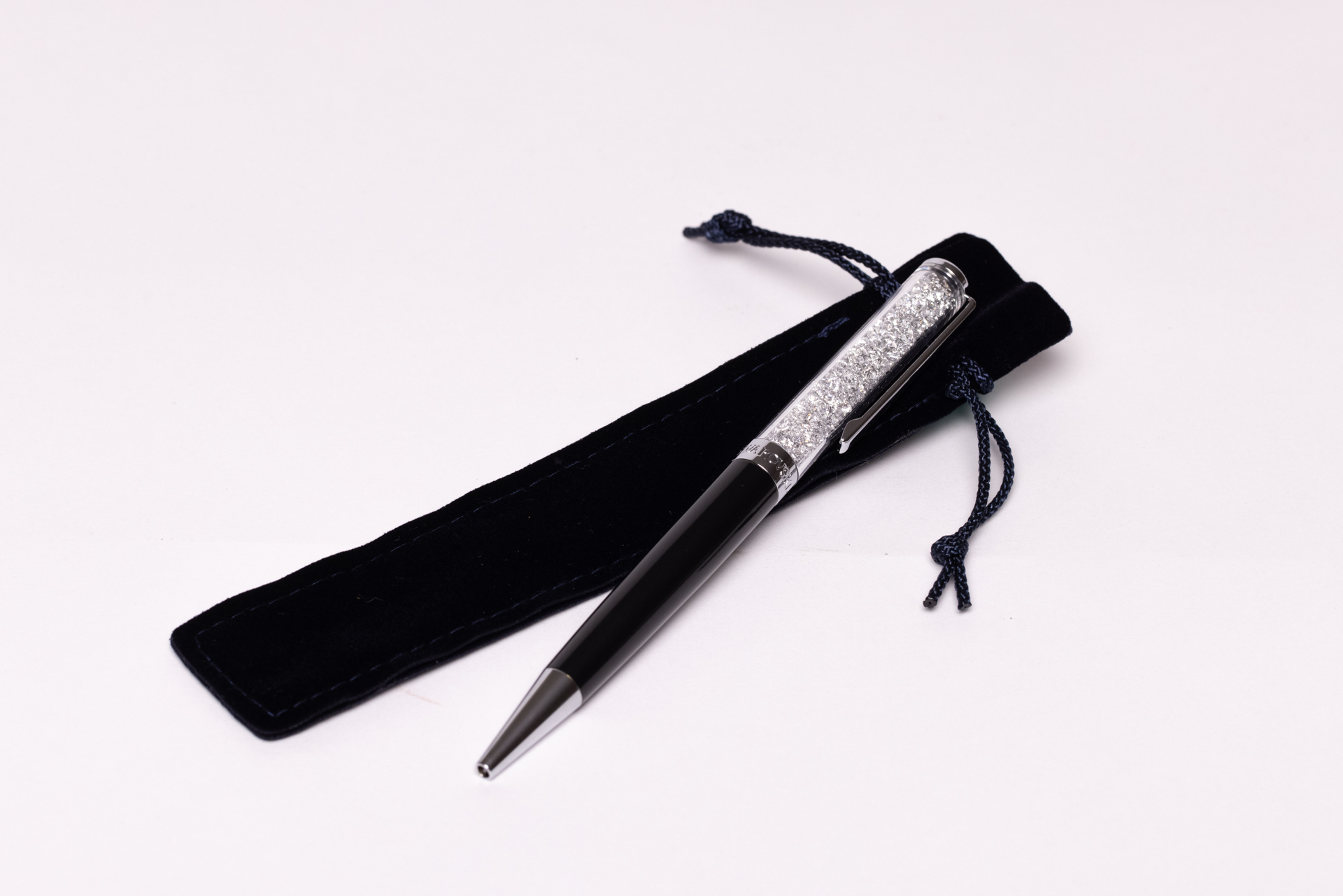
Crystal Pen
This crystal pen is filled with hundreds of sparkling Swarovski crystals, radiating a captivating brilliance.
The Austrian brand Swarovski employs proprietary precision cutting techniques to process artificial crystals infused with lead and rare earth elements to create rainbow spectrums akin to natural crystals. Beyond jewelry manufacturing, Swarovski's portfolio includes crystal glassware design, production of abrasives and grinding tools, optical instrument development, and even the manufacture of safety road signs.
A visit to Austria offers a chance to explore the Crystal Museum near Swarovski’s headquarters, where the enchanting interplay of crystal and light can be fully appreciated.
Gifted by Hermann Ortner, Director, Austrian Commercial Office
<Read More “Crystal Pen”>
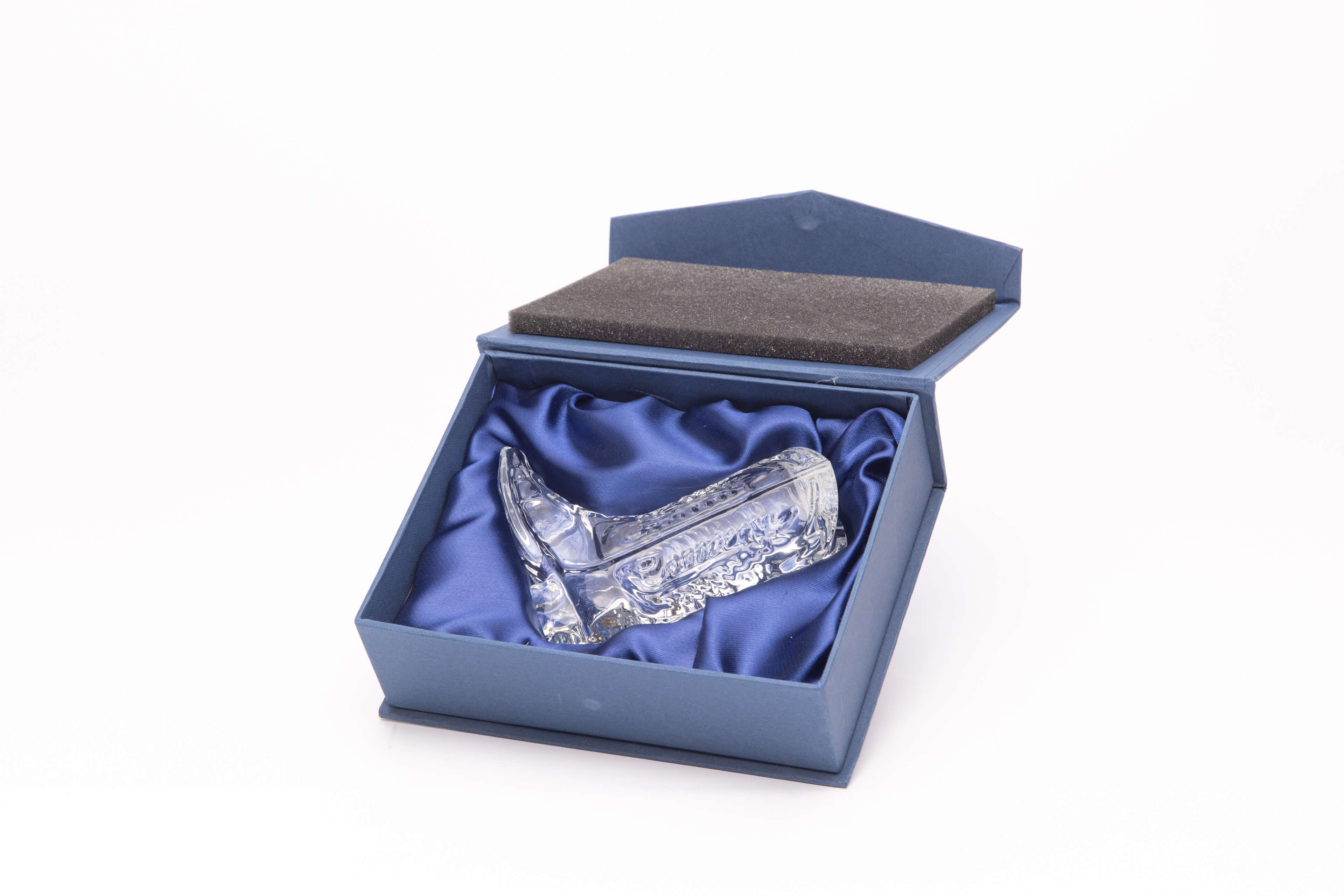
Crystal Boot
This crystal glass piece intricately depicts an American cowboy boot. Originating in the 1870s to 1880s, cowboy boots are one of the most iconic symbols of American culture. Designed for the comfort and functionality of cowboys on horseback, they feature smooth leather soles for easy use with stirrups and sturdy heels for a stable footing. Known for their water resistance and tall design, cowboy boots offer protection during treacherous journeys.
Fort Worth, Texas, representative for its cowboy culture, still hosts rodeo shows and cattle drives to preserve the adventurous cowboy ethos.
Gifted by Chialing Chung, President, GDTCC, Dallas County
<Read More “Crystal Boot”>
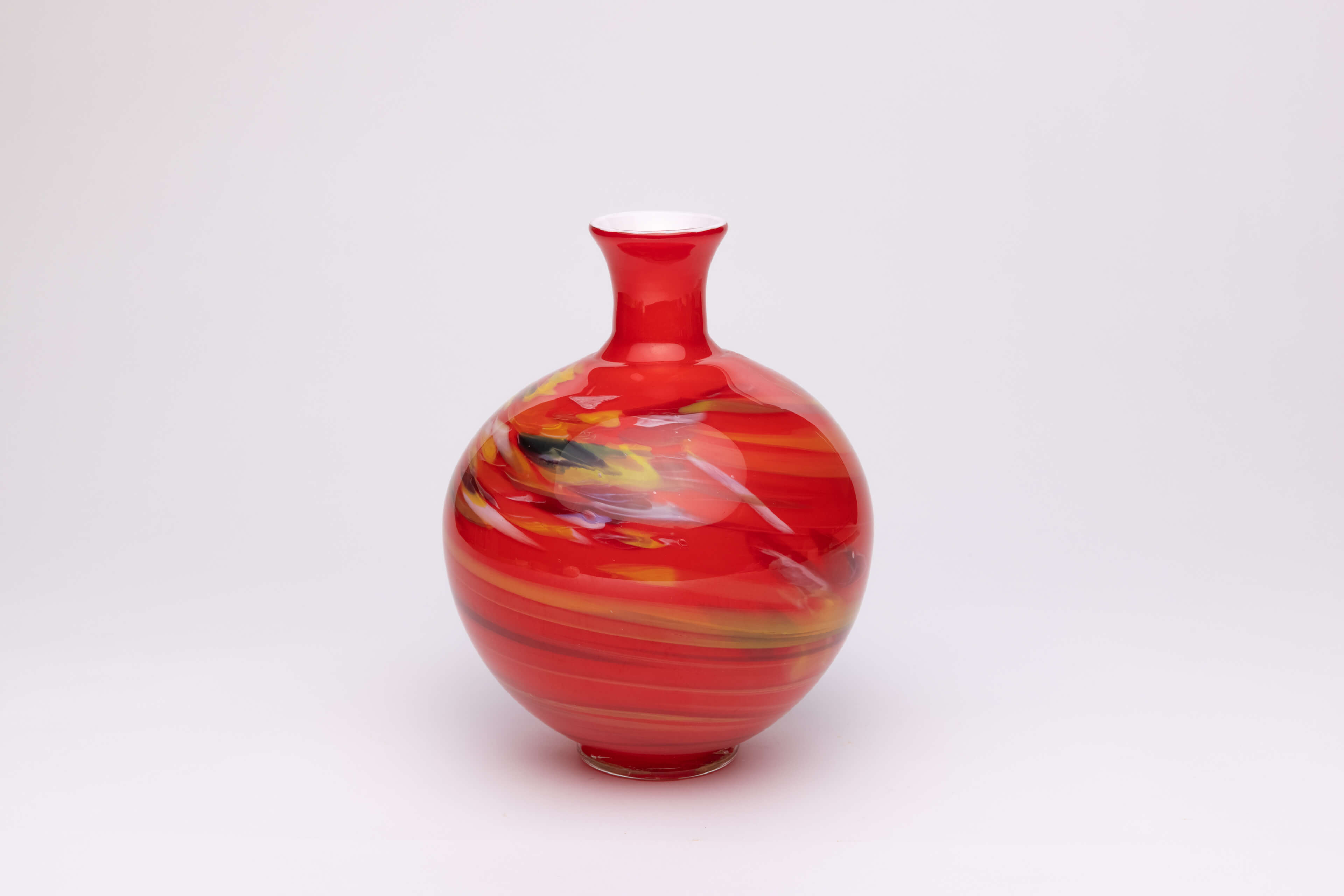
Okinawa Handcrafted Vase
Okinawan glass production dates back to the early Meiji period, initially focused on clear, colorless items like lamp chimneys and medicine bottles. After World War II, material shortages forced locals in Okinawa to recycle discarded American cola and beer bottles into everyday items. The byproduct was the emergence of colorful cups and utensils. The impurities from these recycled materials created bubbles and thickened glass walls, giving rise to the unique aesthetic style of Ryukyu Glass. Whether visiting the Glass House in the Forest in north, the glass workshops in Onna Village in central Okinawa, or the Ryukyu Glass Village in the south, one can experience the local charm of glassmaking firsthand.
Gifted by Takeshi Onaga, Governer, Okinawa Prefecture
<Read More “Okinawa Handcrafted Vase”>
Edo-kiriko Cups
Edo-kiriko is emblematic of Tokyo’s glass craftsmanship and was recognized as a national traditional craft in 2022. Originating in the 19th century during the Edo period, craftsmen adopted Western glass engraving techniques to cut intricate patterns on the surface of double-layered stained glass. The style and finesse of the patterns depend heavily on the craftsman’s skill and angle of engraving, requiring decades of experience to perfect.
Patterns on the surface of the glasses are called Monyou, common ones include fish roe, basket weave, hemp leaf, and chrysanthemum motifs. When filled with a drink, the liquid's sheen refracts through the carved glass, creating a kaleidoscope of dreamy reflections.
Gifted by Toshio Watanabe, Chairman of the Research Institute for Japan-U.S.-Taiwan Relations, Kazuhiko Oigawa, Governor of Ibaraki Prefecture, and Shinya Yamamuro, General Manager of the Chiba Lotte Marines
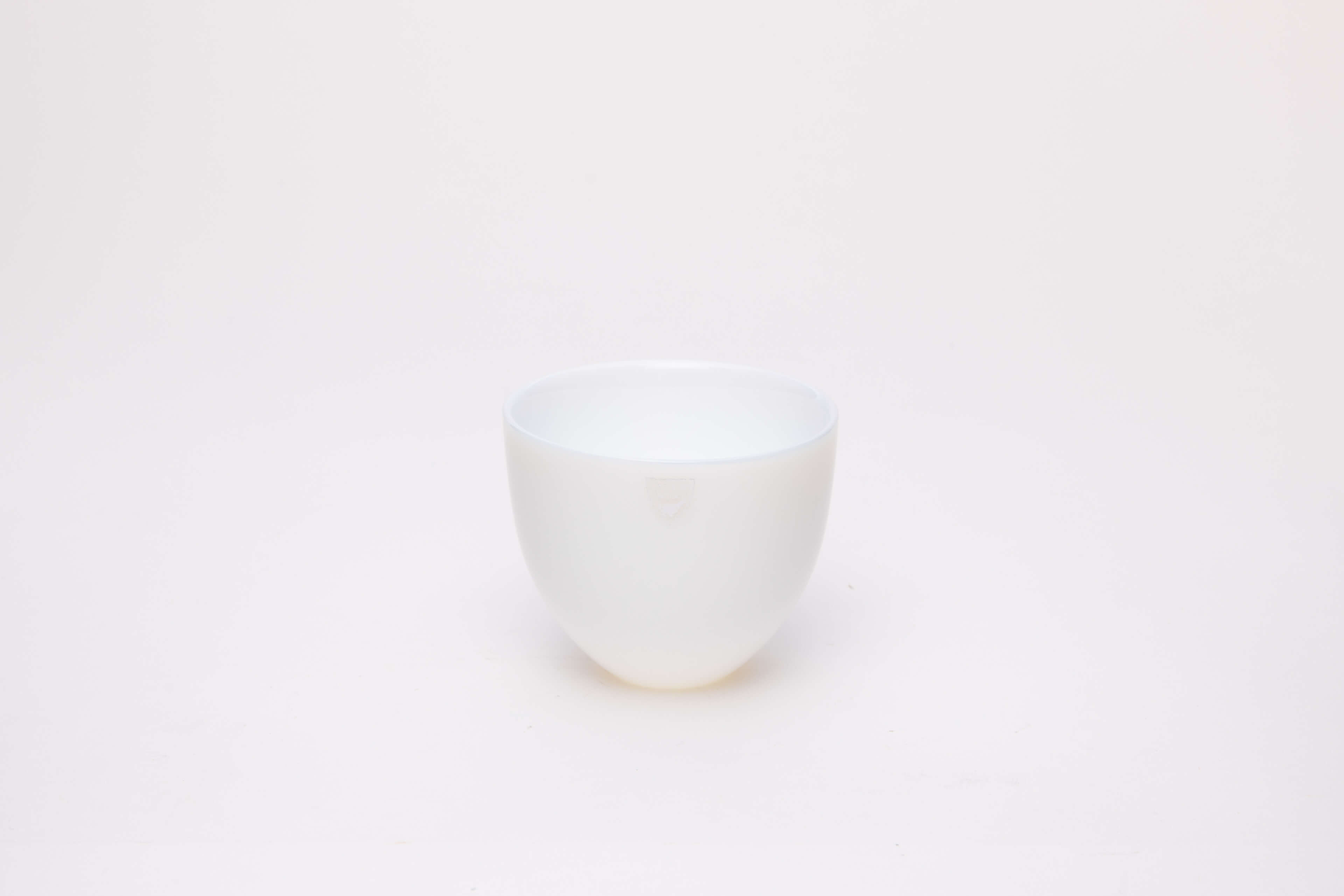
Swedish Crystal Cup
This crystal glass cup bears the signature of Swedish glassworks Orrefors, a brand favored by the Swedish royal family. Its elegant hues and rounded lines exude a tranquil and refined charm, making it irresistibly eye-catching. Orrefors is a glass factory named after the village in which it was established, later merging with other glassworks to form Orrefors Kosta Boda AB, the largest crystal group in Scandinavia.
The brand remains one of the most prestigious in the world of crystal glass art. The iconic black grouse trademark identifies Orrefors' crystal glassware and symbolizes exquisite craftsmanship and spirited design that elevate everyday functional items.
Gifted by Håkan Jevrell, Representative, The Swedish Trade and Invest Council in Taipei
<Read More “Swedish Crystal Cup”>
Eswatini Glass Elephant/Lion Ornaments
This pair of ornaments was a gift from Prince Buhlebenkhosi Dlamini of Eswatini, who was studying in Taiwan at the time. The crystal rings are adorned with the head and tail motifs of the lion and elephant, creating a lively and charming design. Located in Southern Africa, Eswatini boasts three wildlife parks where visitors can take safari tours to appreciate large animals up close. In addition to three of the Big Five—African lions, elephants, and black rhinos—hippos, warthogs, giraffes, zebras, and antelopes can also be seen.
Eswatini's national emblem features a lion and an elephant guarding a blue shield. The lion represents the King, and the elephant symbolizes the Queen Mother. These crystal glass ornaments retain the traditional spirit of the national emblem with their brilliant clarity, making them exceptionally elegant.
Gifted by Buhlebenkhosi Dlamini, Prince, Eswatini
<Read More “Eswatini Glass Elephant/Lion Ornaments”>
Related

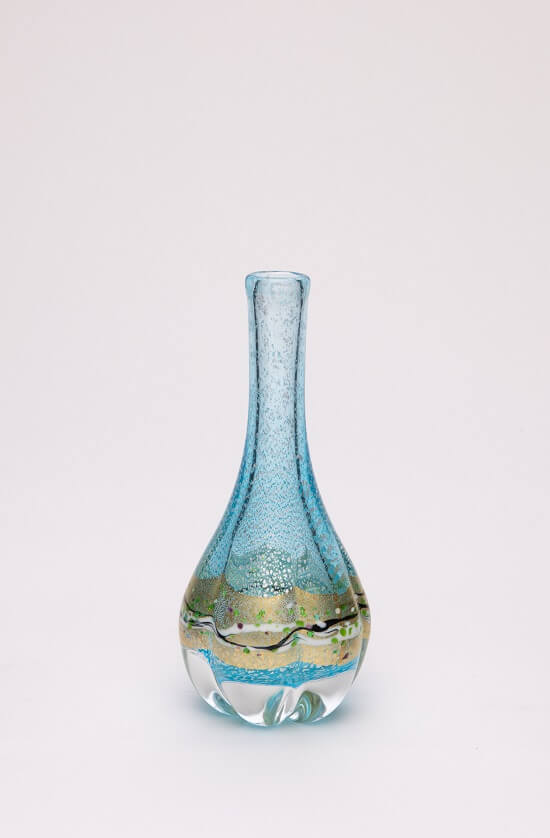
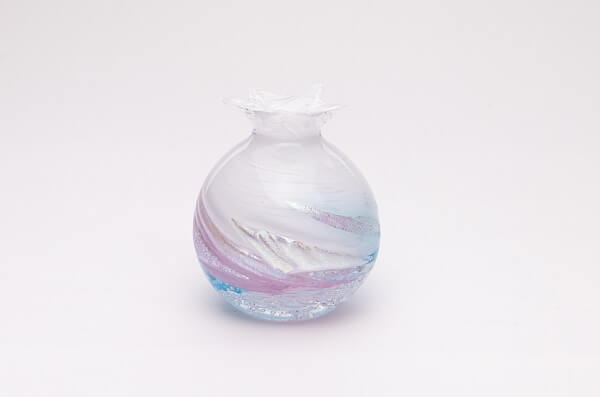
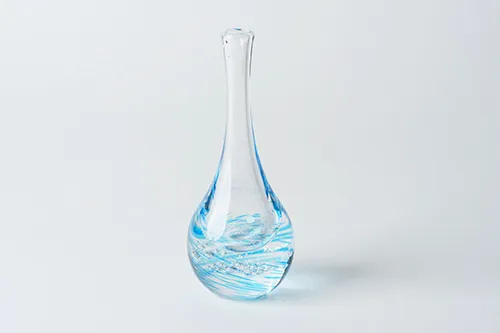
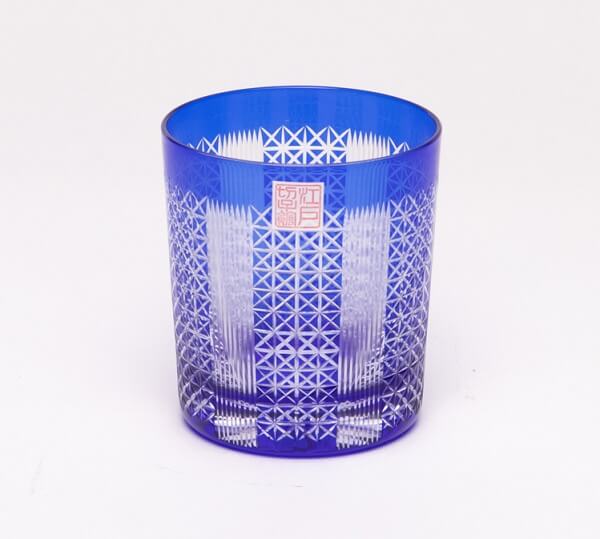
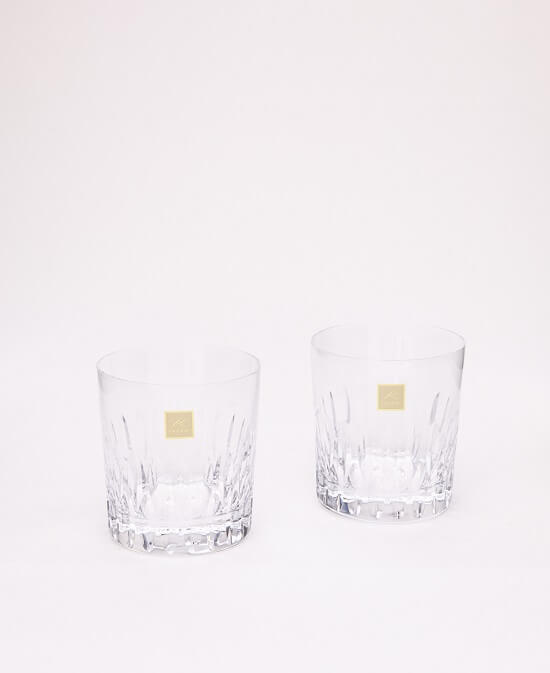
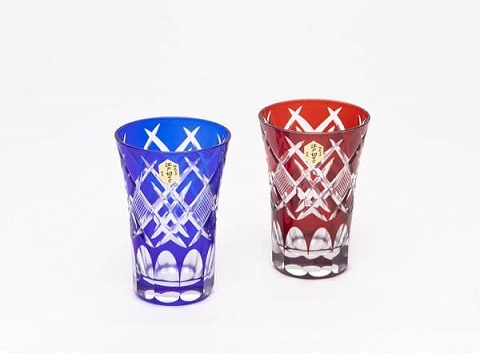
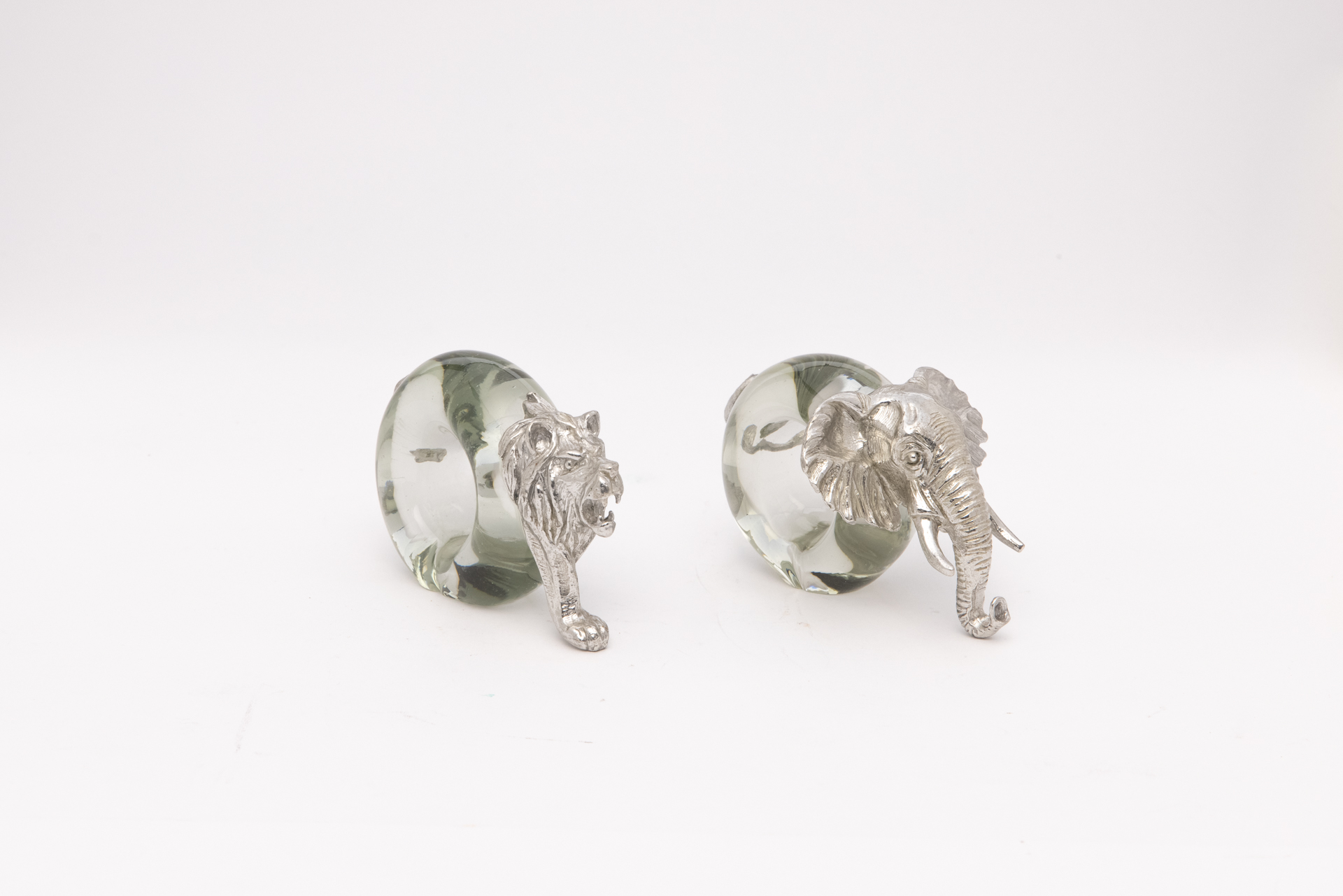
.jpg)
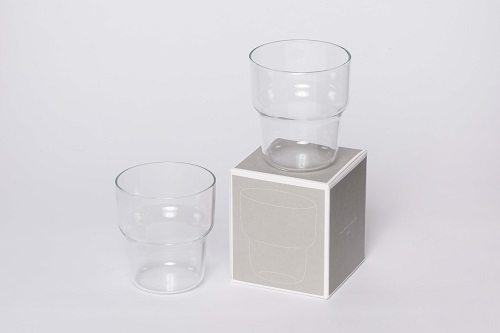
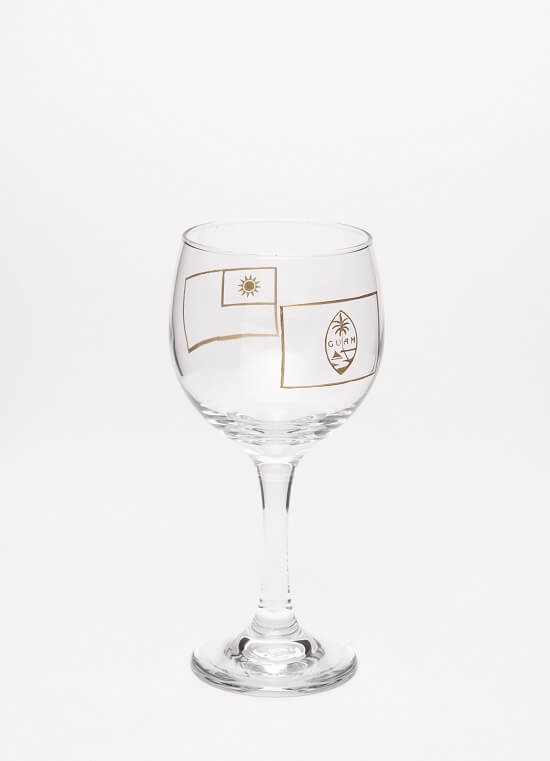
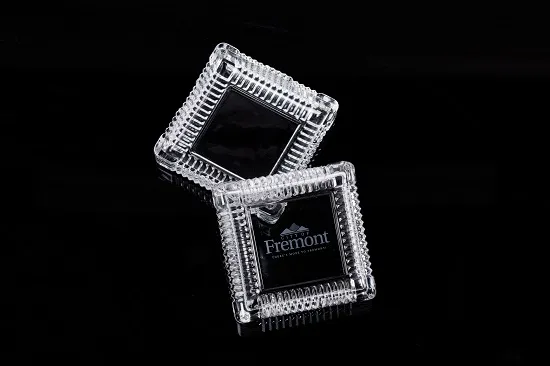
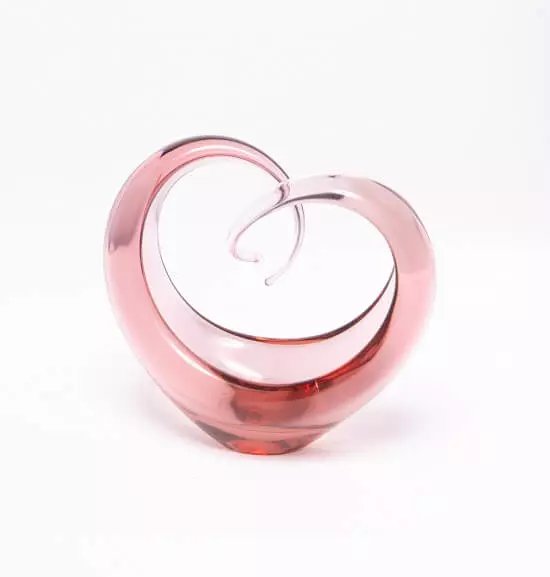
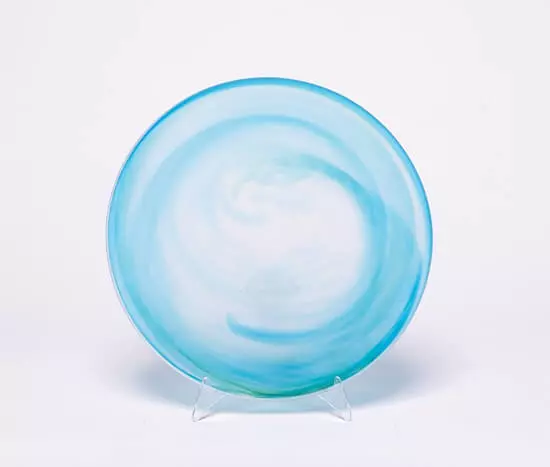
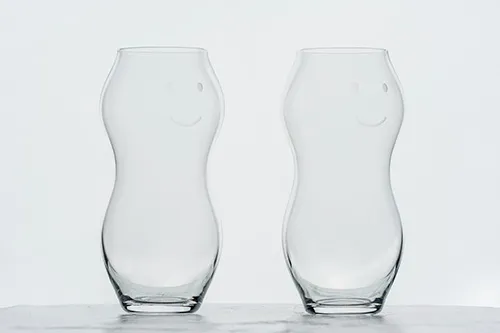
.webp)
